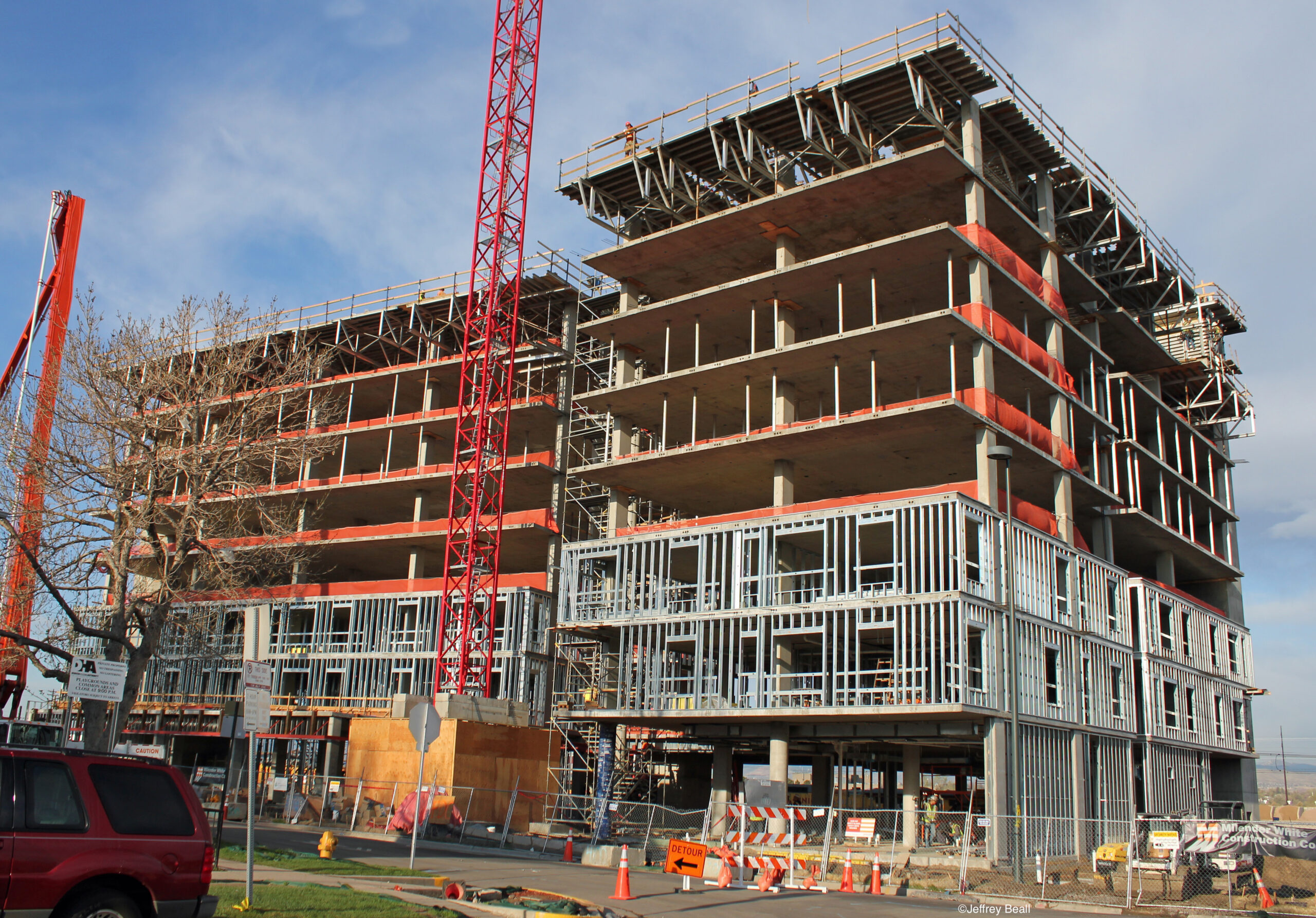San Francisco’s inclusionary zoning laws require that when proposing residential developments of 10 or more units, developers must take at least one from a handful of actions to create housing for lower-income families, including setting aside a percentage of units to be sold or rented at below market rate (either on-site or off-site), paying a fee or setting aside land for below-market-rate housing.
San Francisco has some of the highest housing costs in the country and this policy is no doubt well intended, especially considering just how expensive San Francisco has grown: Low income is generally considered less than $105,000 annually for individuals, while the average rental rate in the city is $4,200 and the average condo sales price is $1.4 million.
It’s easy to see why policymakers are eager to demand below-market-rate housing. But good intentions are unlikely to overpower market forces that make such policies look foolish economically.
San Francisco’s Inclusionary Housing Technical Advisory Committee found these forces at work when it recently advised the city that the current requirements are “infeasible.”
The committee suggested slashing the requirements by as much as half. But, the committee warns, doing so would only keep afloat the program for mid- and low-rise condominiums; inclusionary zoning requirements on high-rise condominiums and all apartments would be infeasible no matter what.
The problem here isn’t complicated: The market dictates the price and right now there are too few units for too many buyers, driving prices up. Meanwhile, while the price of these inclusionary units might be kept artificially low by the government, costs continue to rise (also often thanks to the government).
So there’s a limited range of options: Build more housing, which will eventually drive down the overall price of housing, or lower construction costs to make inclusionary units more feasible.
Escalating construction costs
In San Francisco the construction cost per square foot has jumped 36 percent since 2016 for apartments and 34 percent for condos. This is in addition to other costs, like fees and interest rates. Meanwhile, rents and sales prices per unit have struggled to keep up.
Again, governments suppressing sales prices might help some consumers but it does nothing for developers, whose costs are unaffected. Costs are increasing for a number of reasons, like the cost of lumber, inflation and supply chain issues. But government policies like taxes, fees and regulations also drive up the cost of construction.
The city of Davis conducted a similar study as San Francisco with similar findings: rising construction costs, regulations and fees all conspire to make the city’s inclusionary zoning policy challenging, as the Davis Vanguard reports.
A self-made crisis
As much as escalating costs have perpetuated California’s housing crisis, the primary factor is simply not enough housing supply to keep up with demand.
This didn’t happen overnight. As the San Francisco Chronicle reports, California’s local governments over the past decade or so approved just over a million housing units at a rate of 2,600 per 100,000 residents – significantly lower than the national average of 3,900. In fact, California performed worse than 36 other states during that time and was more than doubled by the leading states.
NIMBYs (Not In My Back Yarders), unions, environmental groups and many others routinely block housing development by abusing the California Environmental Quality Act (CEQA), making it difficult or impossible to build.
Government officials are not innocent either; they kill projects too, often for no apparent reason. In one particularly famous example last year, San Francisco’s Planning Commission blocked a project that would have transformed a parking lot into 57 studio apartments, including inclusionary-zoning units, despite there being no community opposition.
There’s an even better example from 2019 in South Los Angeles, when the planning commission blocked a 577-unit apartment development, (63 below-market-rate units) over fears of gentrification. At the time, Councilman Herb Wesson said: “If the current residents of the neighborhood cannot afford it, we should not build it.”
But perhaps nothing points to the absurdity of this crisis quite like the sweetheart deal lawmakers gave Marin County. Despite state requirements to build housing, the Legislature has for more than a decade given Marin special treatment with a partial exemption.
“For the past half-century, Marin’s very affluent residents and their politicians have waged a largely successful campaign, under the guise of environmental consciousness, to slow population growth to a trickle by allowing very little new housing to be built,” opined Calmatters’ Dan Walters.
Upward mobility
Nearly 600 new units would have gone a long way to alleviating local housing pressure in South Los Angeles. It’s possible that some people from the neighborhood would have been priced out, but upwardly-mobile families with relatively-higher incomes would have moved in, thereby freeing up some lower-cost units that have all but dried up.
The irony is thick. There’s a housing crisis so fewer people can afford anything. What Wesson and the planning commission fail to see is that each time more units don’t get built the state plunges deeper into crisis.
Policies like inclusionary zoning, while well intentioned, are not the right remedy (as studies show) because they don’t address the actual problem.
Until policymakers take responsibility for their role in driving up construction costs, avoiding CEQA reform and blocking housing, the housing crisis will likely prevail.
Matt Fleming is an opinion columnist for The Orange County Register.

